A rug is much more than just a floor covering. It can add texture, color, and warmth to a room, as well as create a sense of unity and cohesion between different design elements. Whether you’re looking to define a seating area, anchor a room’s decor, or simply add some personality to your space, rugs can be an essential tool for creating a polished, well-designed home.
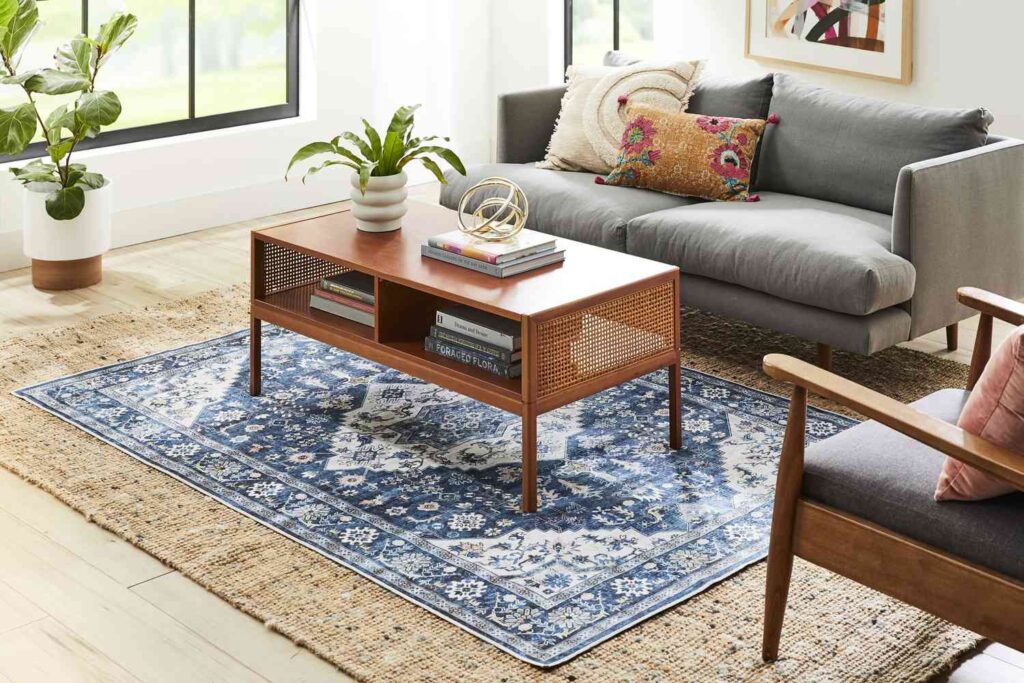
In interior design, a rug can play a critical role in defining a space. By placing a rug in a specific area, you can instantly create a designated seating or living area within a larger room. This can be especially useful in open-plan living spaces, where it can be difficult to differentiate between different functional zones. A rug can also help to anchor furniture and create a sense of structure in a room, making it feel more cohesive and put together.
When choosing a rug to define a space, it’s essential to consider size. The rug should be large enough to accommodate all of the furniture in the designated area, with a minimum of six inches of bare floor showing around the edges. If the rug is too small, it will look lost in the space, and if it’s too large, it may overpower the room and make it feel cluttered.
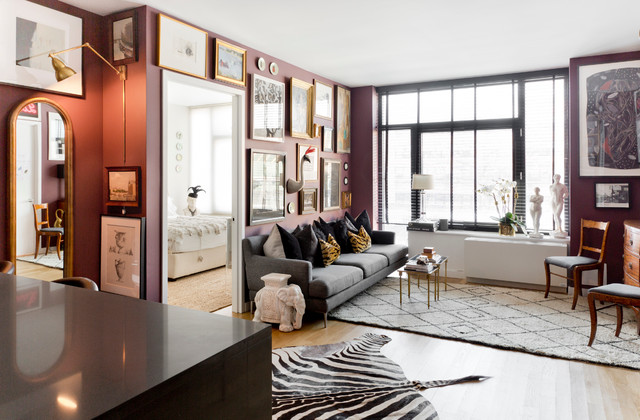
Another important factor to consider is the pattern and color of the rug. A solid-colored rug can create a sense of calm and serenity in a room, while a patterned rug can add interest and texture. When selecting a rug with a pattern, consider the existing colors in the room, and choose a rug that complements or contrasts with those colors in an appealing way. If your room already has a lot of patterns and textures, a solid-colored rug may be a better choice, as it will not compete with the other elements in the space.
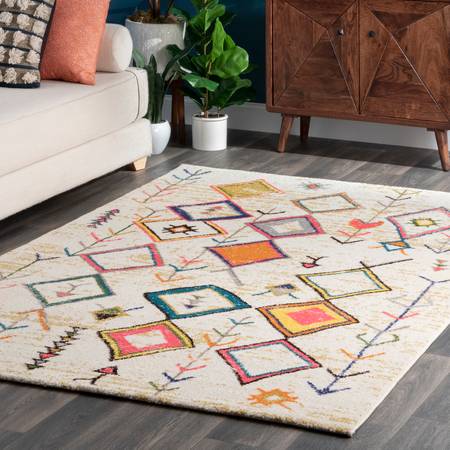
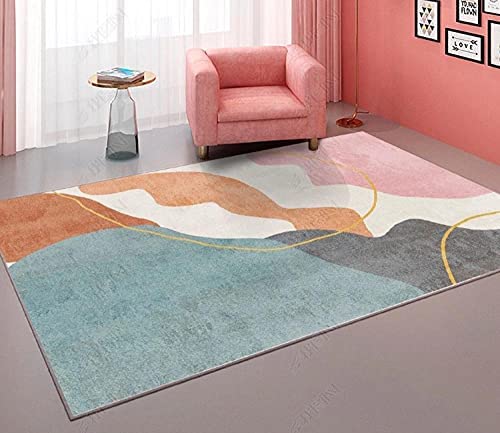
Once you’ve chosen your rug, it’s important to place it correctly within the room. In a seating area, the rug should be centered under the furniture, with enough space around the edges to allow people to easily move around the room. In a dining room, the rug should extend at least 24 inches beyond the table on all sides, providing enough space for chairs to be pulled out without leaving the rug. In a bedroom, the rug should be placed under the bed, with enough space around the sides for you to easily get in and out of bed.
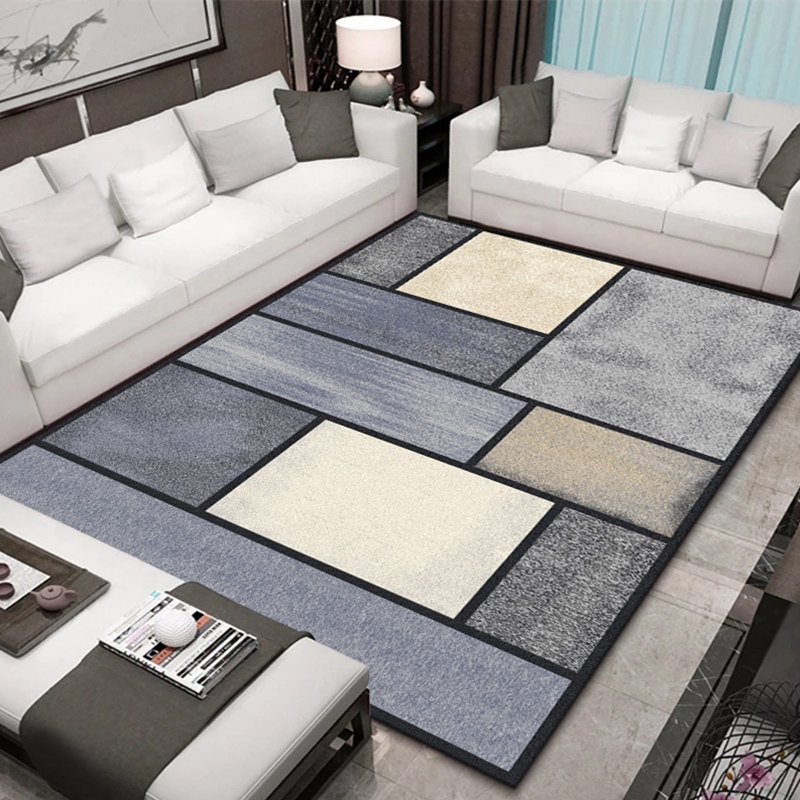
Rugs can also be used to add warmth and texture to a room. Soft, plush rugs are a great choice for bedrooms and living rooms, where you want to create a cozy and comfortable atmosphere. Natural fiber rugs, such as jute or sisal, can add a rustic touch to a room, and are well suited to more informal spaces, like sunrooms or family rooms. Rugs made from synthetic materials, such as nylon or polyester, are durable and easy to clean, making them ideal for high-traffic areas like entryways and kitchens.
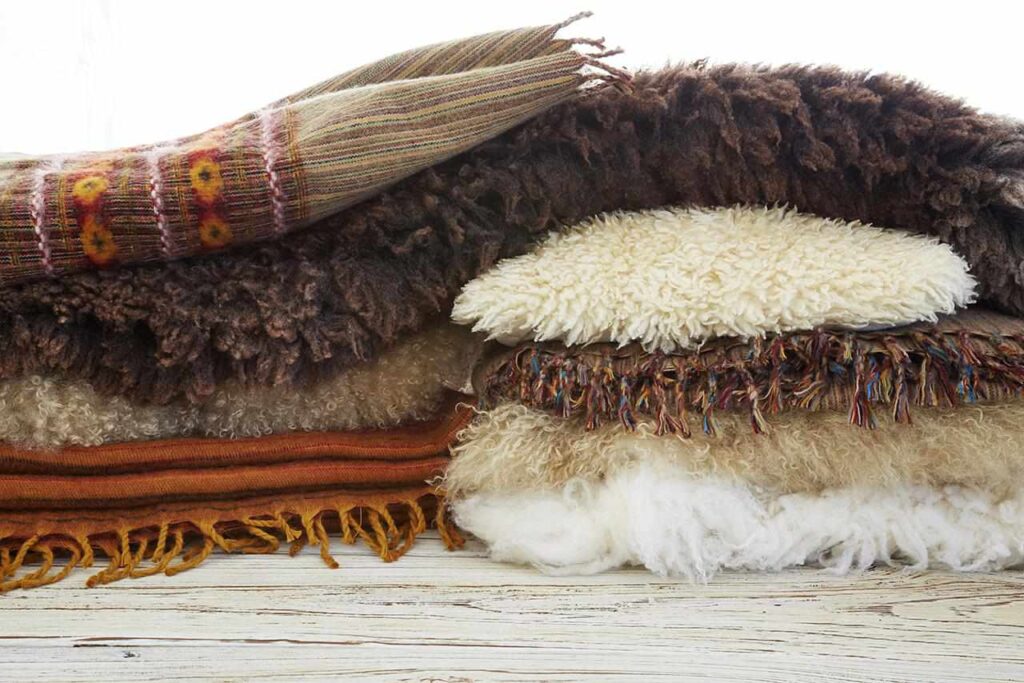
In addition to defining spaces and adding warmth and texture, rugs can also be used to incorporate color into a room. If your decor is neutral and you want to add a pop of color, consider choosing a brightly colored rug to anchor the space. If you have a bold accent wall or statement piece of furniture, choose a rug in a coordinating color to bring the look of the room together. If you’re nervous about using a bright color in a large area, consider a smaller rug in the same hue to create a subtle accent.
Rugs can also be used to create a sense of flow and unity in a room. If you have multiple rooms with open doorways, using rugs with similar colors, patterns, or textures can help to connect the spaces and create a sense of continuity. This can be especially effective in homes with an open-plan layout, where different functional areas blend into each other. By using rugs to link the spaces, you can create a cohesive look that ties the entire home together.
In addition to defining spaces and adding warmth and texture, rugs can also be used to incorporate texture into a room. Whether you choose a shag rug, a boucle rug, or a flat-weave rug, the texture of your rug can help to add dimension and depth to a space. This can be especially effective in rooms with neutral furnishings, where texture can help to add interest and create visual appeal.
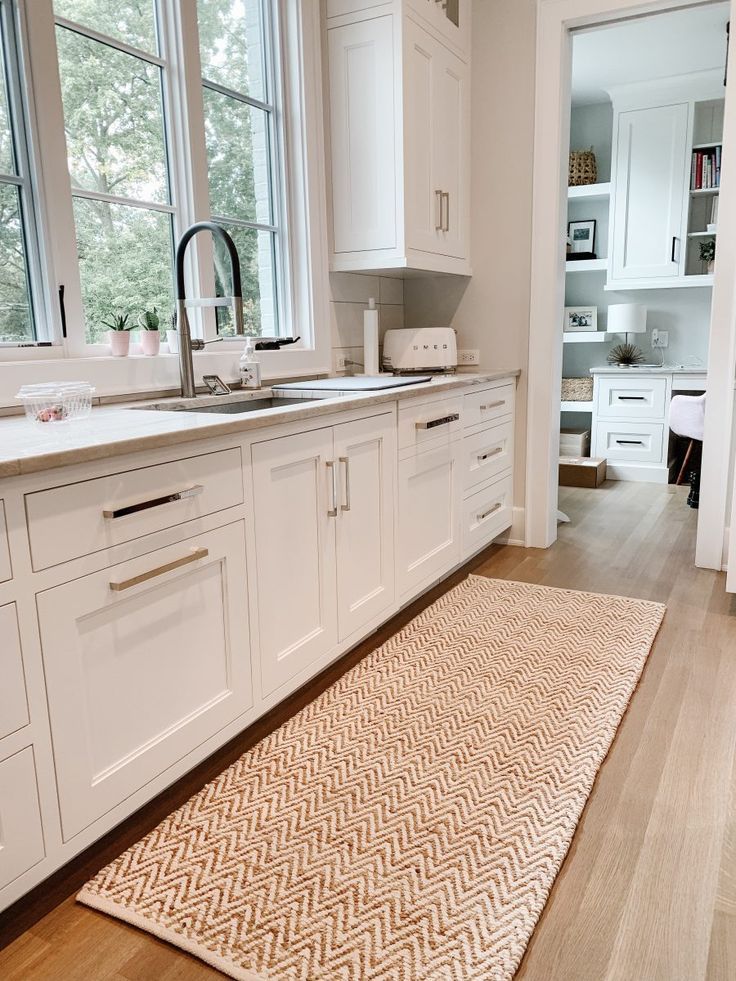
Finally, rugs can also be used to add a touch of personality to a room. Whether you choose a vintage rug, a handmade rug, or a rug with a bold graphic design, a rug can help to reflect your personal style and make a room feel truly unique.
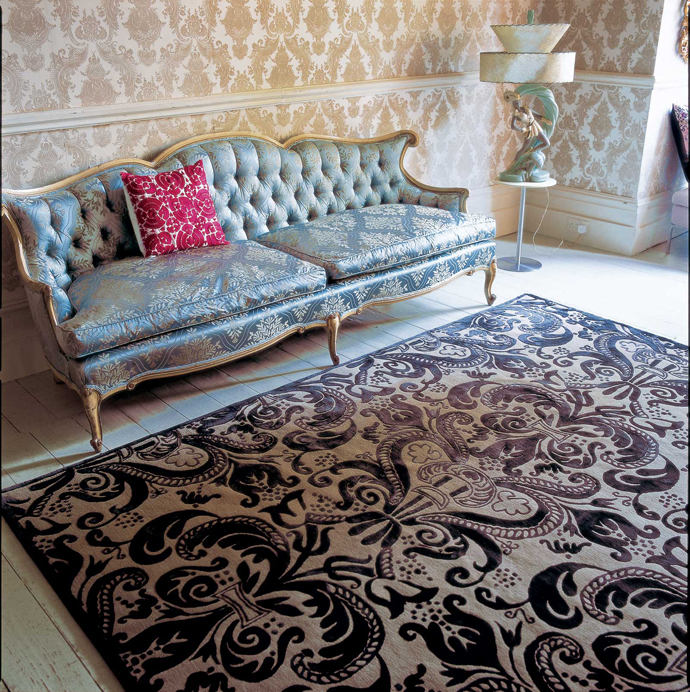
In conclusion, rugs are a versatile and essential tool for defining spaces, adding warmth, texture, and color, and creating a sense of unity and cohesion in a home. Whether you choose a large area rug, a runner, or a smaller accent rug, the right rug can help to elevate the look of your space and make it feel complete. So, next time you’re looking to update your home, consider the many ways that rugs can help to define your spaces and bring your decor to life.
